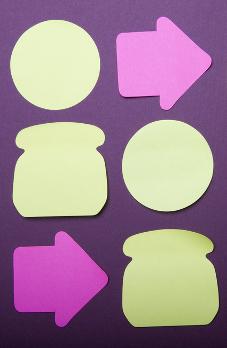Indicator sets
Use for
Monitoring and recording the learning and innovation process in a system innovation project or programme.
Principles
The sets of indicators are based on theories about learning and innovation.
What do you do?
You make with your project team and other participants a diagnosis of the project or programme on the basis of two main sets of indicators: effect and process indicators. In the process, you should preferably perform the following steps several times: 1) research, 2) analysis, 3) discussion with the project or programme managers or in larger groups, and 4) reporting. Steps 1 and 2 can also be performed in a superficial manner by a few of the project team members or participants in an innovation project.
You use effect indicators for two levels: the network and actors.
- Network indicators are: convergent learning; joint approach to institutional barriers; complementary changes in accepted routines and connected institutional changes.
- The actor indicators are: second-order learning and iterative learning; individual approach to institutional barriers, changes in routines and single institutional change.
To analyse the effect indicators it is usually necessary to make a comparison: over time and between stakeholders.
Having made the diagnosis, you and the project participants then reflect on whether it is necessary to improve the learning and innovation process. The process indicators show where that can be done. You distinguish between:
- Indicators of network development: for example, heterogeneous network creation/prime movers/ commitment and sense of urgency among relevant actors
- Indicators of interaction: trust between network actors and their willingness to reflect
- Indicators of system approach: the ambition to contribute to system innovation and the focus on perceived system bottlenecks.
Prerequisites
- Research skills such as operationalisation, interviewing, analysing, etc
- Knowledge of theories of learning and innovation.
More information
- Mierlo, B. van et al. (2010). Reflexive monitoring in action. A guide for monitoring system innovation projects. Boxpress: Oisterwijk.
- Van Mierlo, B., Arkesteijn, M. en Leeuwis, C. (2010). Enhancing the Reflexivity of System Innovation Projects with System Analyses. American Journal of Evaluation 31(2), pp. 143-161.
